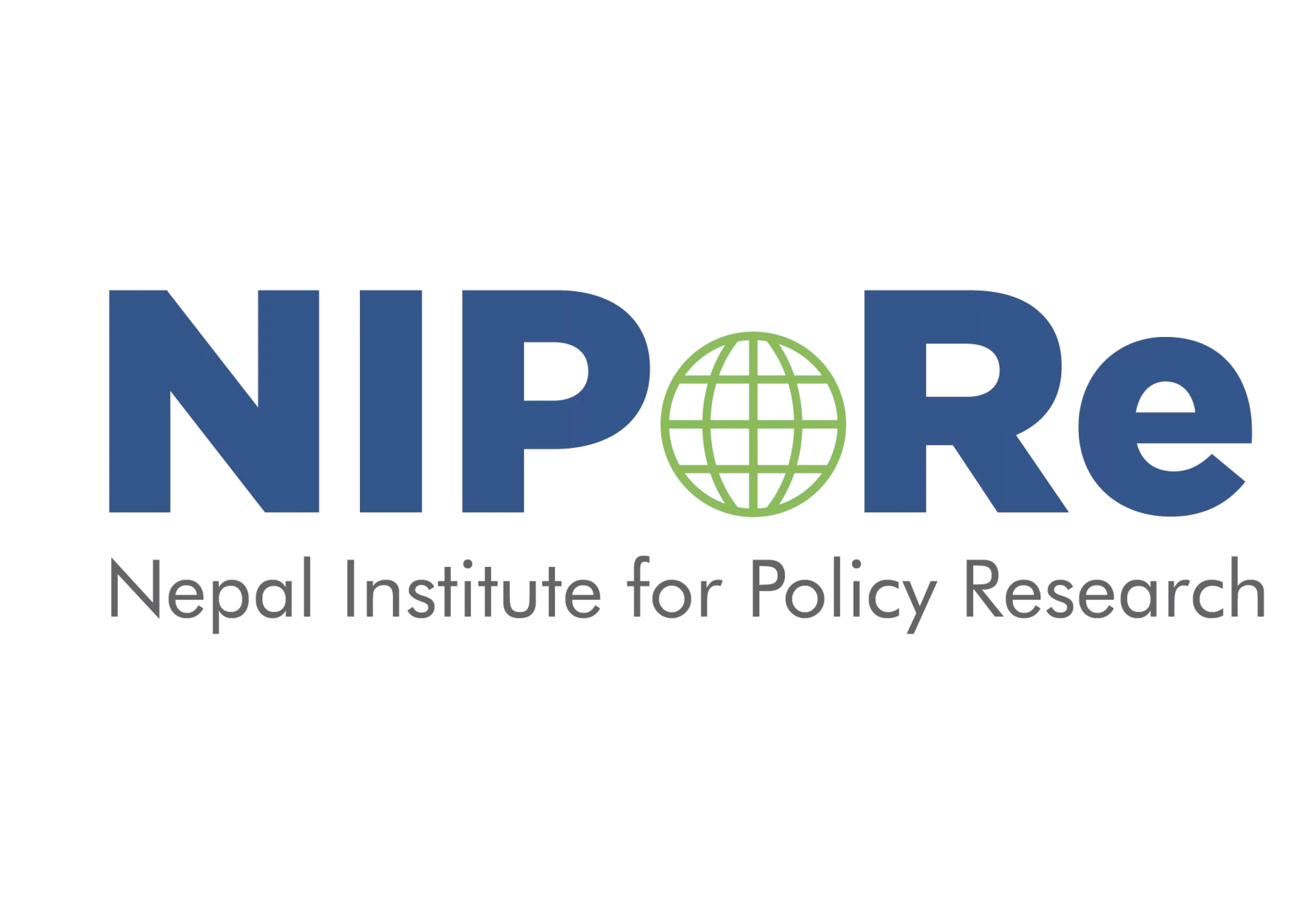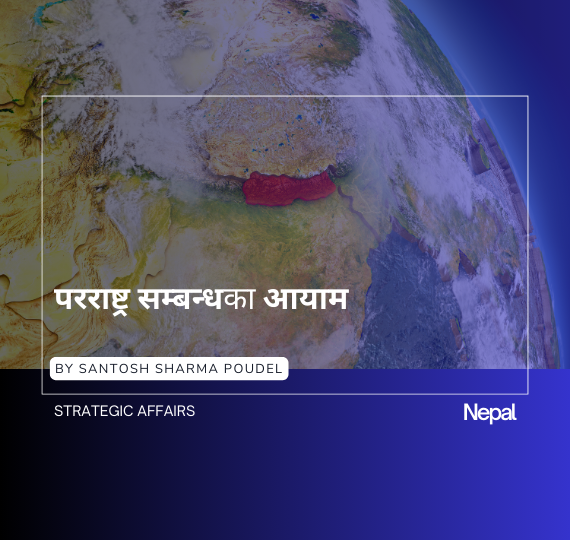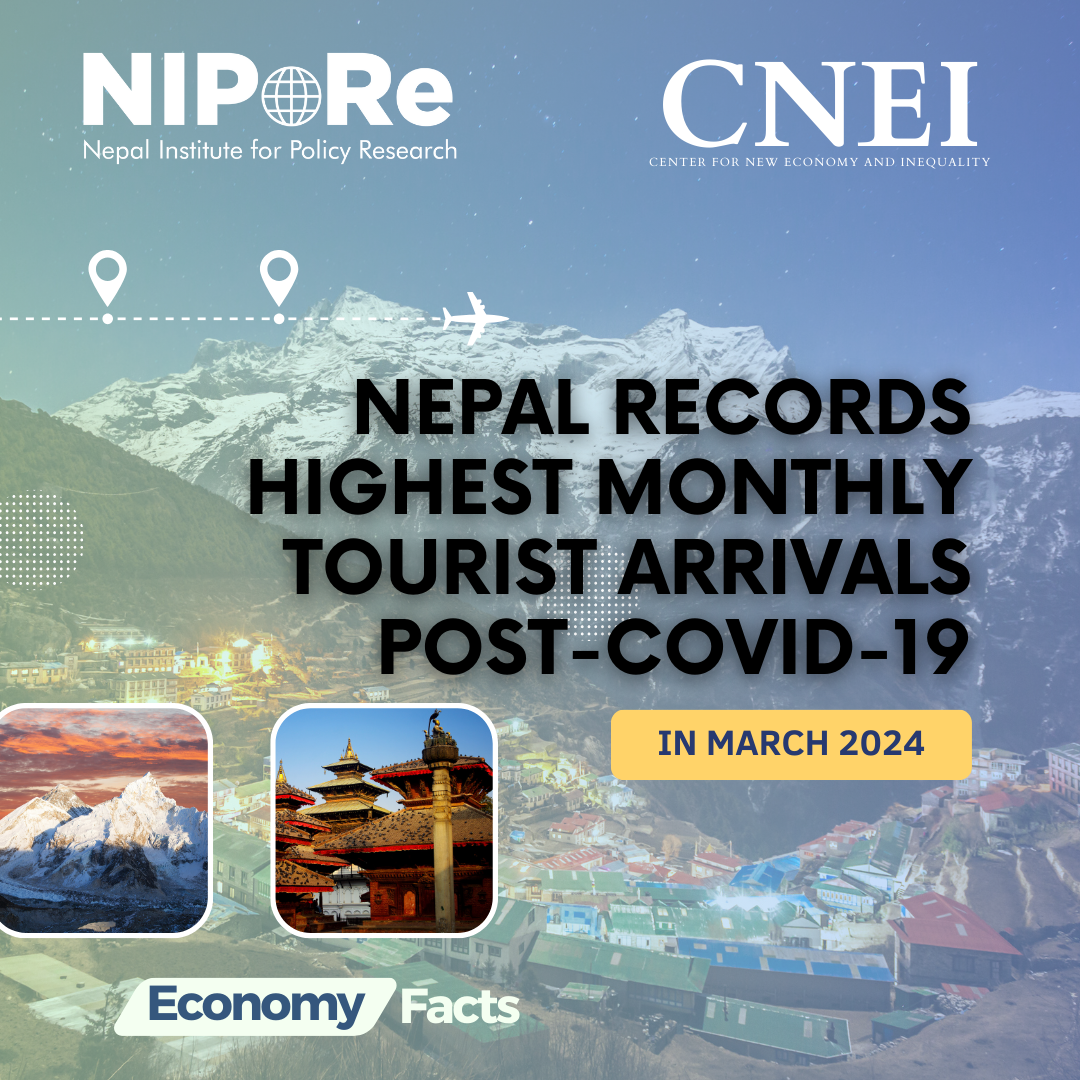Synopsis
President of the People’s Republic of China Xi Jinping visited Nepal on 12-13 October for his first state visit, 23 years after President Jiang Zemin’s state visit to the Himalayan nation in December 1996. The much-anticipated visit by the Chinese President went smoothly but created a ripple in Nepal and immediate neighborhood. Nepal shares a 1400km long border. President Xi’s visit shows the growing presence and significance of Nepal in the international arena. It is also a return to normalcy in Sino-Nepal relations. As of October 2019, President Xi has visited each member of SAARC’s original seven (minus Bhutan with whom China has no official relations) member countries.
Strategic timing?
The visit by a Chinese President to Nepal was long overdue. The last Chinese President to visit Nepal was Jiang Zemin in December 1996. Both Nepal and China have gone through drastic domestic changes and the region has transformed, thanks primarily to the rise of China (and India). To briefly summarize the domestic changes in Nepal, Nepal has gone through the 10-year Maoist insurgency, successfully entered into the electoral democracy in collaboration with mainstream parties, became a republic (from a constitutional monarchy), had two constituent assembly elections (the latter of which produced the Constitution of Nepal, 2015), and elected a first majority Communist government in 2017.
During the same time, China has been through the phase of ‘peaceful development’ under Hu Jintao and ‘national rejuvenation’ under President Xi. China has been able to lift up the GDP per capita from USD 981 to almost USD9000 according to World Bank. China embarked on a major effort to root out corruption and removed the two-term limit for the President. China is also striving to achieve two centenary goals (moderately well-off nation by 2021 and strong, democratic, harmonious, civilized and modern socialist country by 2049). Globally, China is a force to be reckoned with, especially after 2008. China has emerged as a global power, and taking initiatives and responsibilities commensurate with its power. President Xi’s Belt and Road Initiative (BRI) and Asian Infrastructure Investment Bank (AIIB) are prime examples. The former transverses more than half of the globe.
After 1996 only Chinese Prime Ministers Zhu Rongji and Wen Jiabao visited Nepal in 2001 and 2012 respectively. Meanwhile, King Gyanendra (2002 and 2005), then incumbent Prime Ministers Pushpa Kamal Dahal (2008), Madhav Kumar Nepal (2009), Sushil Koirala (2014), Khadga Prasad Oli (2016) and Bidhya Devi Bhandari (2019) have visited China during the same period. President Xi’s visit restores the normalcy in the diplomatic exchange between Nepal and China.
In saying that, the timing of the visit is no coincidence. After the promulgation of the Constitution (2015) and the national and local elections (2017), Nepal has entered a peaceful and stable phase. It also helps that Nepal has a democratically elected majority Communist government, the Nepal Communist Party [named so after the merger between CPN (UML) and CPN (Maoist Center) after the latest elections].
At regional level, the competition between China and India for influence in South Asian states has increased in recent decades. China’s active engagement with small coastal and island states in South Asia which India dub as ‘string of pearls’ has raised concerns in New Delhi. Additionally, Beijing’s active promotion of Belt and Road initiative (India has not joined yet) had challenged India’s ‘sphere of influence’. This has thrusted Nepal to the forefront of regional geo-politics. At the same time, it is too simplistic to label India and China as rivals, and President Xi also stated that India and China are partners. The increased trade links between India and China has necessitated further connectivity. In that context, the idea of the role of Nepal as transit state has come to the fore. This has pushed Nepal to the forefront of geo-economics as well.
Globally, the competition between China and the US for regional influence has propelled Nepal in the forefront of global geopolitics. The introduction of the Indo-Pacific Strategy by the US, which is perceived by Beijing as an attempt to contain China, has increased strategic significance for/of Nepal. Therefore, serious issues of national, regional and global enduring significance were at stake and Xi’s visit.
Significance of the visit
The visit by the Chinese President is symbolically very important. President Xi’s visit was able to elevate Nepal-China relations. The relations between Nepal and China was upgraded to ‘Strategic Partnership’ of Cooperation Featuring Ever-Lasting Friendship for Development and Prosperity from ‘friendly relations’ or ‘time-tested friendly relations’. This means China sees Nepal as a long-term and stable partner focused on the larger picture of China-Nepal relations. This also comes with the expectation that there will be more foreign policy stability in Nepala. This is also emblematically important in Asian context where ‘status’ is taken very seriously, therefore, the labels used to define relations between states are important by themselves.
The talks and agreement during Xi’s visit mostly focused on BRI, Trans-Himalayan network and connectivity. The current visit and agreement have provided decisive guidance in that context. It was agreed to conduct feasibility studies for cross-Himalayan railways and China committed to extend cooperation on Kathmandu-Pokhara-Lumbini railways. China would also support the speeding up of upgrading and restoring the existing road networks. This will have immediate impact on connectivity. The number of agreements pertaining to infrastructure (mostly transportation) indicates the importance of connectivity to both Nepal and China.
President Xi’s visit is also significant domestically. Nepal has a democratically elected communist party in power. Globally, it’s a rarity and anachronistic. On top of that, the Nepal Communist Party (NCP)(named so after the merger) ran on a nationalist rhetoric in the aftermath of Indian blockade. Hence, the visit of President Xi enhances the legitimacy of the current government and provides for a ‘balanced’ relations vis-à-vis China and India. Beijing should be eagerly following the political fate of NCP in Nepal as China experiments with elections at local levels. While Nepal bears no direct resemblance to China’s political structure, the success (or failure) of the Communist party in Nepal could have a bearing on the democratization debate in China.
This visit also served as an opportunity for China to criticize Nepal (indirectly) on its dismal implementation of previously signed accords. President Xi reminded that China made plans and implemented them which led to success. It was not a subtle reminder to Nepal that agreements alone will not lead to progress without implementation. Hopefully, the message got across to Nepal’s political elites.
Zero-sum game?
Many analysts in Nepal, and more so in India, see Nepal’s deepening relations, especially in context to connectivity, with China and Xi’s visit as a counter-balance to Indian influence. Some extremists even view it as Chinese attempt at encircling India. However, nothing could be further from the truth. The connectivity of Nepal with China is both complementary to Nepal’s connectivity with India and India’s connectivity with China. At the same time, the agreements signed with India after Prime Minister Narendra Modi came to power and the ones signed during President Xi’s visit is not competitive in essence. If anything, it’s the opposite.
The joint statement between Nepal and India during Modi’s visit to Nepal in 2014 underlined the need to further explore ways to enhance sub-regional cooperation, particularly in areas of trade, transit, connectivity and hydropower. Indian and Nepalese Prime Minister directed the finalization and signing of Rail Service Agreement, Letter of Exchanges on Trade and Transit, and ratification of BITTA among others. Even based on these agreements, it is very clear that both China and India are both looking for connectivity, investment in infrastructure, and ease in the investment regime for foreign investors in Nepal.
Even from Nepalese perspective, for any expensive connectivity network (especially the railways) through the Himalayas to be viable, it inadvertently has to extend beyond Nepal’s Southern borders to India. The trade between Nepal and China (especially exports from Nepal to China) cannot sustain such an expensive connectivity by itself. Therefore, Nepal needs to facilitate trade between India and China, which is close to USD 90 billion, and link Chinese West to Uttar Pradesh and Bihar, the two most populous Indian states which have no direct link to sea port. While India has not joined BRI (but is part of other corridors such as BCIM), India too would be one of the major beneficiaries of connectivity. To borrow Chinese parlance, it’s a win-win cooperation with mutual benefits to all three nations.
Moving forward
President Xi’s visit to Nepal is significant by itself for reasons stated above. While it has implications for Nepal-India relations, it would be foolhardy to see it completely in the context of China and India rivalry. Even Beijing and New Delhi do not see themselves as ‘rivals’. In such a case, it’s prudent for Nepal to move past thinking of China as a card to play against India or vice-versa. Nepal’s relationship with India and China has its own significance, dimensions and merits. The zero-sum mentality will only hold back Nepal’s development and limit the perimeter of Nepalese foreign policy. Instead, we are better for engaging them both in a mutually beneficial relationship. The agreements and statements from President Xi’s visit and PM Modi’s first visit to Nepal are testaments that win-win cooperation is possible.
Endnote
a* This interpretation is based on Prime Minister Wen Jiabao’s explanation of Strategic partnership during his trip to Europein 2004. He described strategic partnership as:
By ‘strategic’, it means that the cooperation should be long-term and stable, bearing on the larger picture of China-EU relations. It transcends the differences in ideology and social system and is not subjected to the impacts of individual events that occur from time to time. By ‘partnership’, it means that the cooperation should be equal-footed, mutually beneficial and win-win. The two sides should base themselves on mutual respect and mutual trust, endeavour to expand converging interests and seek common ground on the major issues while shelving differences on the minor ones.
References
- China Daily. (September, 2019). Xi stresses striving for national rejuvenation. Retrieved from https://www.chinadaily.com.cn/a/201909/12/WS5d7a2e49a310cf3e3556b4df.html
- Feng, Z. and Huang, J. (2014). China’s Strategic Partnership Diplomacy. European Strategic Partnership Observatory. Retrieved from https://www.files.ethz.ch/isn/181324/China%E2%80%99s%20strategic%20partnership%20diplomacy_%20engaging%20with%20a%20changing%20world%20.pdf
- Ministry of Foreign Affairs, Government of Nepal. (October, 2019). Joint Statement between Nepal and PRC. Retrieved from https://mofa.gov.np/joint-statement-between-nepal-and-the-peoples-republic-of-china-2/
- Nepal Institute for Policy Research (NIPoRe). (Oct 2019). NDV004 – President Xi Jinping’s state visits – SAARC vs. ASEAN. Retrieved from https://nipore.org/ndv0004-president-xi-jinpings-state-visits-saarc-vs-asean/
- Nepal’s Embassy in China. (July, 2013). Joint statement between Nepal and PRC. Retrieved from http://np.china-embassy.org/eng/ChinaNepal/t1057401.htm
- PRC White Paper on peaceful development. (2011). Retrieved from http://ph.china-embassy.org/eng/zt/peace/t895028.htm
- State Council of the People’s Republic of China. (2019). China and the World in the new era. Retrieved from http://english.www.gov.cn/archive/whitepaper/201909/27/content_WS5d8d80f9c6d0bcf8c4c142ef.html
- World Bank. (2019). GDP per capita (current US$). Retrieved from https://www.google.com/publicdata/explore?ds=d5bncppjof8f9_&met_y=ny_gdp_pcap_cd&idim=country:CHN:IND:RUS&hl=en&dl=en
- Xinhua Net. (October, 2019). Xi’s article on Nepalese newspapers. Retrieved from http://news.xinhuanet.com/english/china/2014-07/15/c_133485834.htm [Nepali version of the article is available at: https://ekantipur.com/opinion/2019/10/11/1570759989337122.html]



